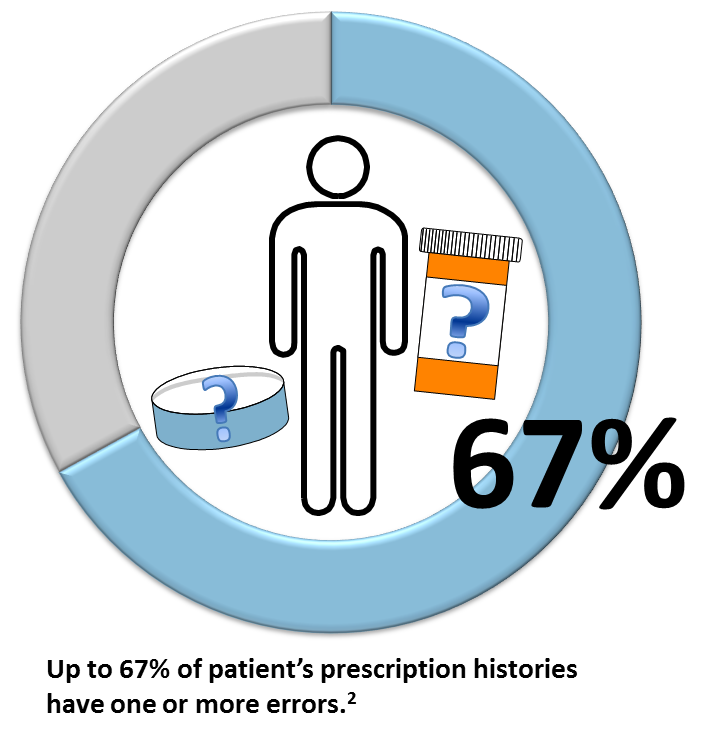
Adverse Drug Events (ADEs) are a leading cause of injury and death within healthcare systems around the world.¹ Many of these events occur as a result of poor communication between health professionals and between health professionals and patients/caregivers. The process of medication reconciliation is most commonly identified as ‘obtaining the most accurate list of all medications the patients is taking (including name, dosage, frequency and route) by comparing the medical record to an external list of medications provided by the patient or another care provider’. However, according to The Joint Commission, what is needed is not only a reconciled list, but a correct medication list, which requires multiple levels of reconciliation.
identified as ‘obtaining the most accurate list of all medications the patients is taking (including name, dosage, frequency and route) by comparing the medical record to an external list of medications provided by the patient or another care provider’. However, according to The Joint Commission, what is needed is not only a reconciled list, but a correct medication list, which requires multiple levels of reconciliation.
JAMA recently published an article that outlines specific steps necessary to move the bar from just medication reconciliation to the more accurate “correct” medication list. Read the full article.
The Great Plains QIN is partnering with providers, pharmacists, communities and stakeholders across our region to advance patient safety by improving medication reconciliation and thereby reducing ADEs. We have gathered tools and resources to help your organization or community implement processes to facilitate better medication reconciliation. Click here to learn more.
__________
1. Preventing medication errors. Institute of Medicine, 2006.
2. Tam VC, Knowles SR, Cornish PL, Fine N. Marchesano R, Etchells EE. Frequency, type and clinical importance of medication history errors at admission to hospital: a systematic review. CMAJ, 2005; 173:510-515.
